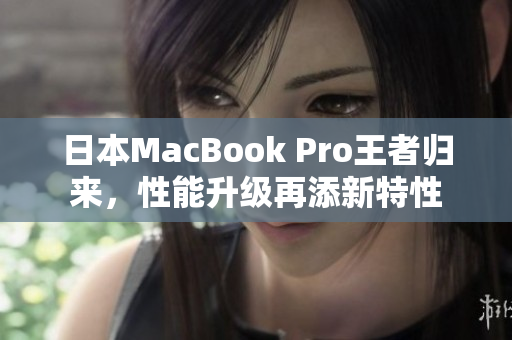16Personalities: Understanding Yourself and Others
As humans, we are unique in our own ways and possess different personality traits that shape who we are. Some of us are extroverted, while others are introverted; some are intuitive, while others are more sensitive and think with their senses. These personality traits can greatly affect our relationships, way of living, and career choices. That’s where 16Personalities come in.
16Personalities is a free online personality assessment tool that categorizes individuals into 16 different personality types. These categories are derived from the Myers-Briggs Type Indicator (MBTI), which is a widely recognized personality inventory. The test takes about 10 minutes to complete and provides a detailed analysis of your personality type based on five broad dimensions of personality. They are extraversion vs. introversion, intuition vs. sensing, thinking vs. feeling, judging vs. perceiving, and identity.
The results provide an accurate description of your strengths, weaknesses, and tendencies. Understanding your personality type can help you make better decisions, communicate better with others, and develop positive relationships with others.
16-Year-Old MacBook Pro in Japan: A Journey Through Time
The MacBook Pro is one of Apple’s most iconic and sought-after products. The MacBook has come a long way since its introduction in 2006. Today, it is the preferred choice of professionals and enthusiasts alike who demand the latest state-of-the-art technology. However, have you ever wondered what a 16-year-old MacBook Pro would look like? Let’s find out in Japan.
The first MacBook Pro was launched in January 2006 with a 15-inch display, a 1.83 GHz Core Duo processor, and a 512 MB RAM. Fast forward to 16 years later, and we have the latest MacBook Pro with an M1 chip, a 13-inch display, and up to 16 GB RAM. The 16-year-old MacBook Pro is a rare sight to see in Japan, but it brings back memories of the old days when Apple didn't dominate the tech industry.
Despite its age, the 16-year-old MacBook Pro is still fully functional and a true testament to Apple’s durability and longevity. It may not have the latest technology, but it is still capable of handling basic tasks such as web browsing, document editing, and email communication. Moreover, it demonstrates that owning tech gadgets for the long term can be beneficial both for the user and the environment as it reduces electronic waste.
19-Year-Old MacBook Pro: Not Yet 16 and Still a Powerhouse
The MacBook Pro is known for its power-packed features, making it the first choice for professionals and creatives alike. The MacBook Pro lineup has seen tremendous improvements over the years with new technologies, features, and enhanced performance. However, it is surprising to know that even a 19-year-old MacBook Pro can still be a powerhouse, despite being technically not yet 16 years old.
The 19-year-old MacBook Pro was launched in 2003 with a 15-inch display, a 1.6 GHz PowerPC processor, and a 256 MB RAM. Some of its top features include FireWire 800, Bluetooth 1.1, and a 56k modem. Although it is no longer capable of running the latest software due to the lack of support, it still performs exceptionally well for basic tasks such as word processing, browsing, and emailing.
It is incredible to think that a 19-year-old MacBook Pro still has so much potential. There are many stories on the internet of people still using their old MacBook Pros even after two decades of use. The experience of using an old MacBook Pro may not be as slick and smooth as the latest models, but it can still bring a sense of nostalgia and appreciation for the technology that we have today.
Conclusion
16Personalities, 16-year-old MacBook Pros, and 19-year-old MacBook Pros may seem unrelated at first glance, but they all demonstrate the importance of understanding our past, present, and future. Understanding our personality types can help us improve our relationships with others and make better decisions. Similarly, owning old tech gadgets may seem outdated, but they can still be functional, reliable, and contribute to reducing electronic waste. All these things remind us that we, as humans, have the power to shape our future by learning from our past and cherishing our present.









